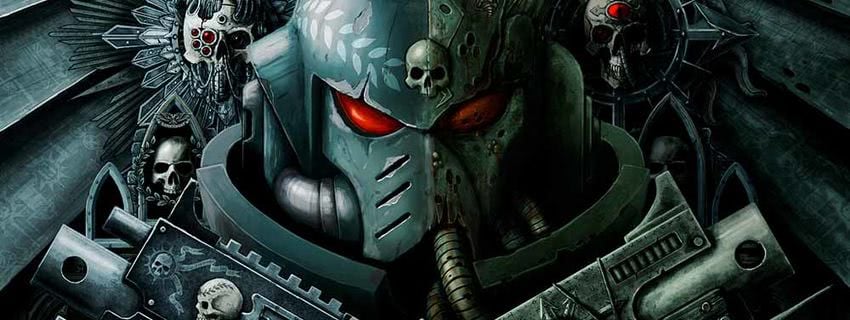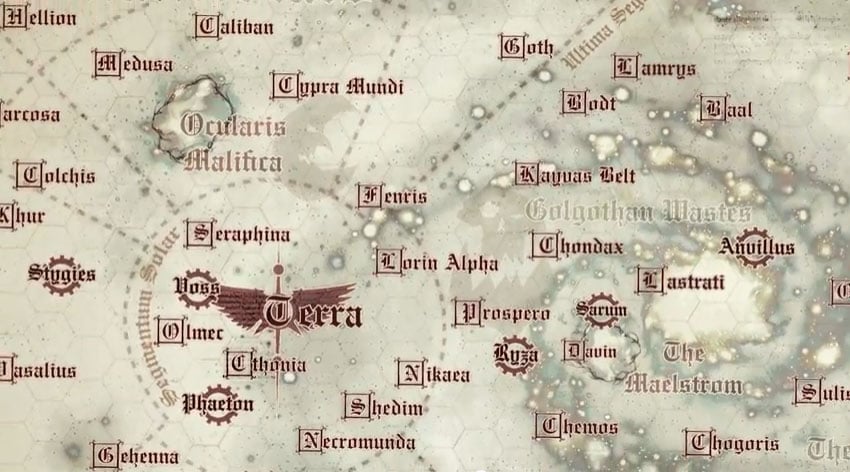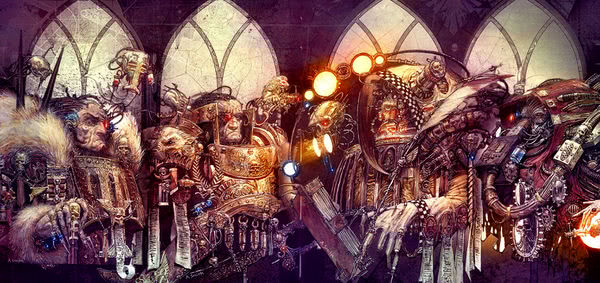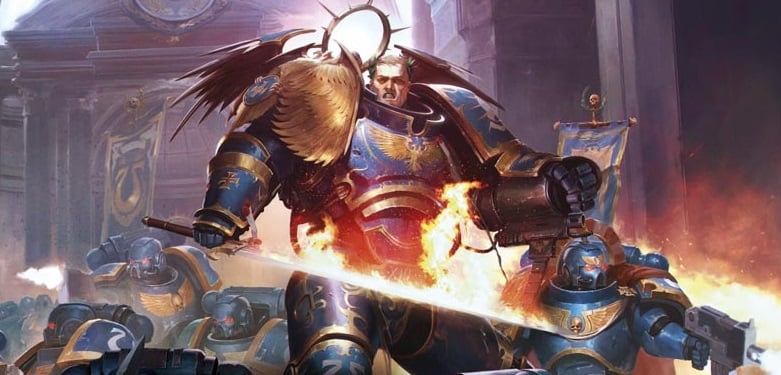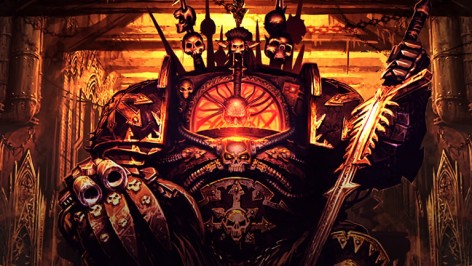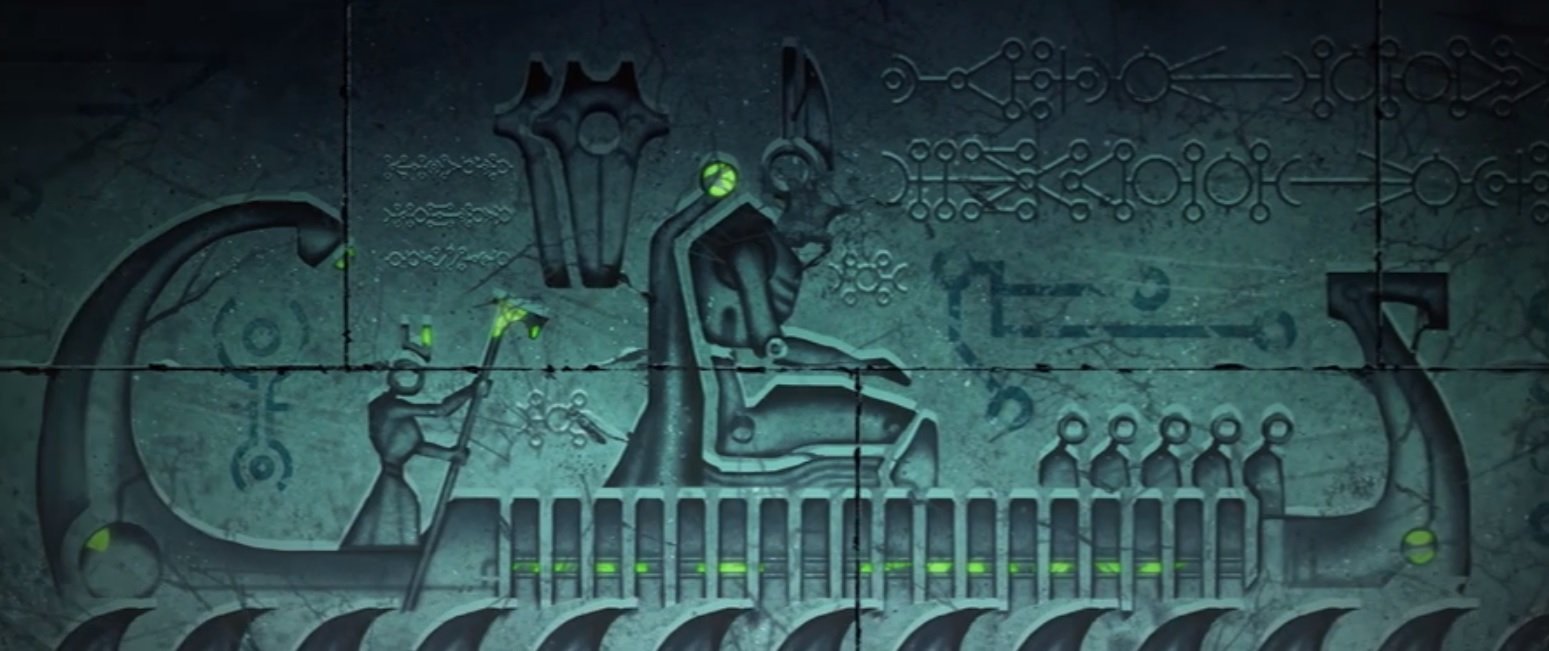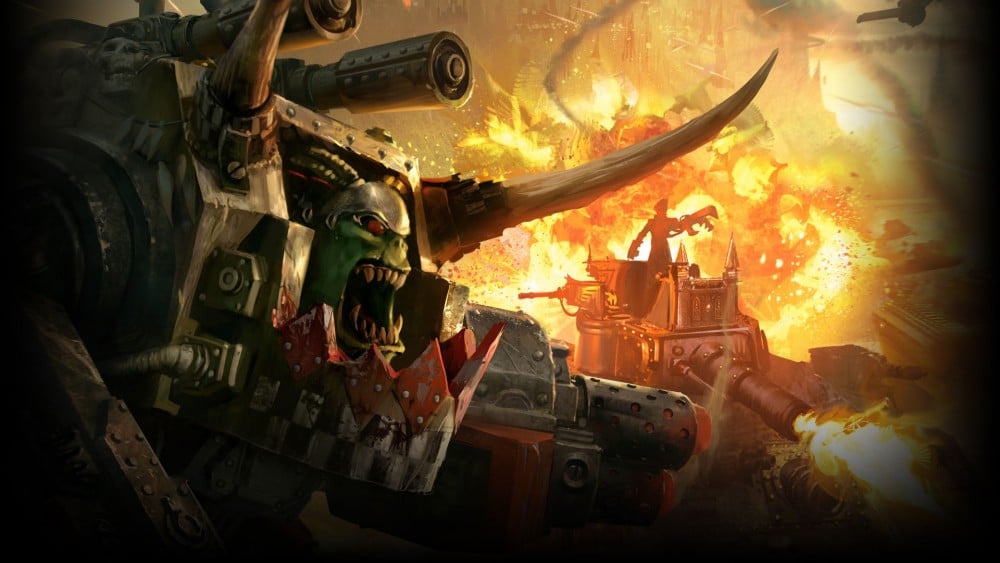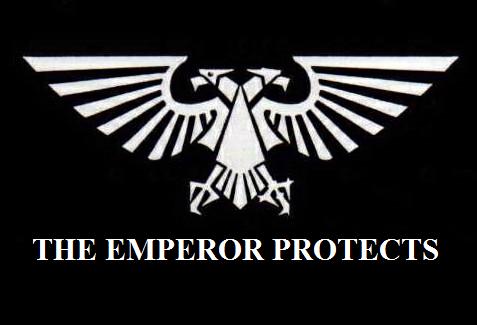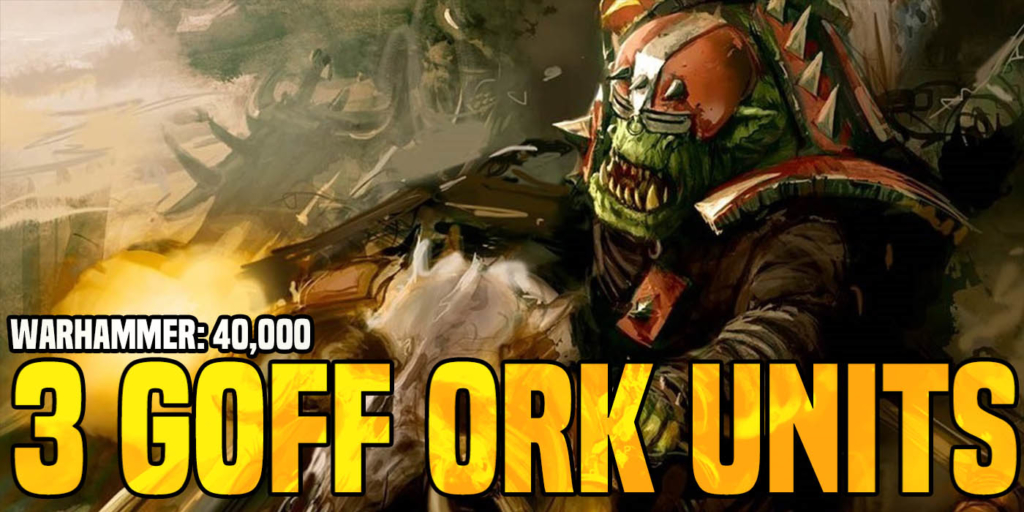Warhammer 40K: The Silent King Moves Game from Cultures to Characters
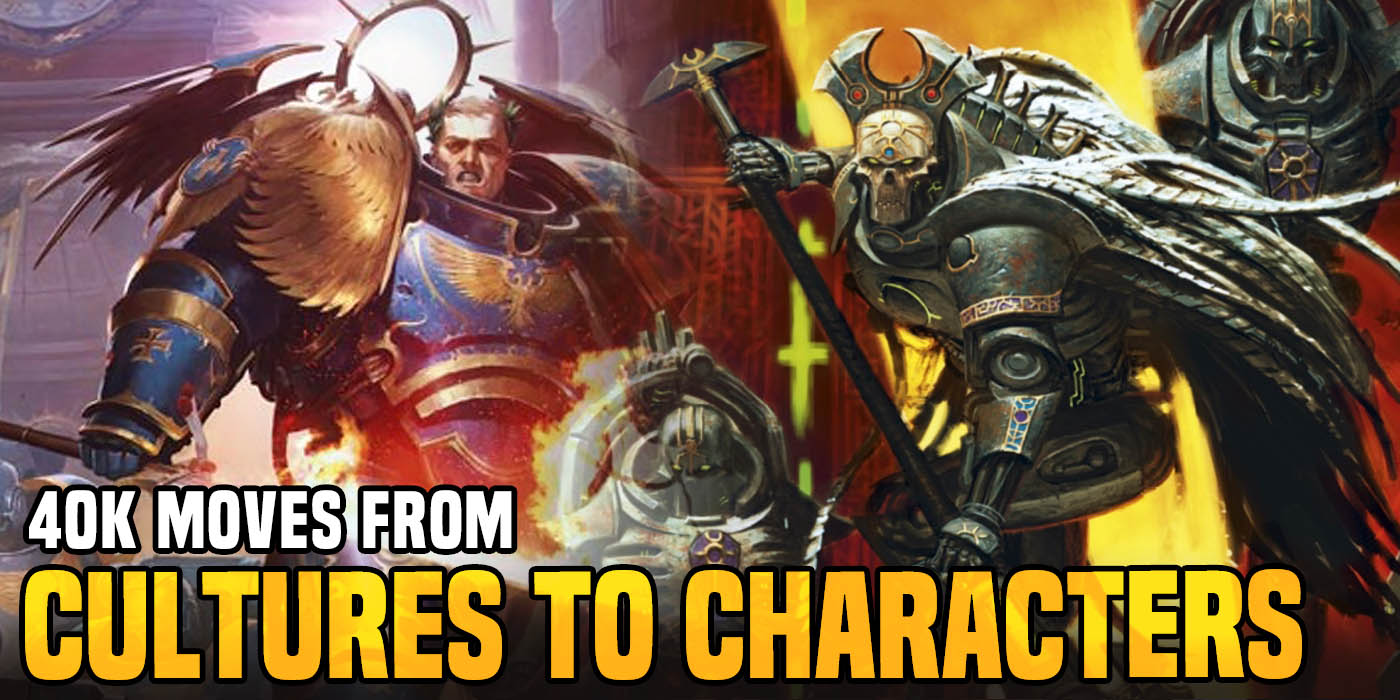

Warhammer 40,000 has fundamentally changed. Let’s take a look at how the Silent King’s return shows this.
The Silent King, the ultimate ruler of the Necrons is returning and this is a big deal. His return has a lot of major implications for the 40K fluff:are the Necron’s the new big bad? Will they seal the great rift with their Blackstone tech? Can they find a solution to the Nids? Can the Imperium win against a race that both outnumbers them and has superior tech? Will the Blood Angels switch sides to join their bffs? All of these are interesting questions and it should be entertaining to see what shake-ups happen. However the return of the Silent King also highlights a broader, meta, change in 40K, that the game has transformed from one about competing cultures to one about competing characters. Let us take a look at what this.
In The Past: A Clash Of Cultures
Warhammer 40,000 for most of its real world history was more of a setting then a story. The Grimdark galaxy was a massive place where lots of things happened, but where nothing much was actually happening. There was no real overarching story of the game and time never moved forward (which in turn led to a rather ridiculous amount of events taking place in 999.M41). As a result the major conflict in the game wasn’t driven by characters or even really conscious choices but by a clash of cultures (or Kultures).
Back in the day the major factions didn’t really have leaders. Sure there where important people in the fluff, but the Imperium had no direct leader taking action or making choices. Likewise the Eldar, T’au, Nids, and other factions didn’t look to anyone one person as a real central figure. Chaos in many ways had the closest in Abaddon, but given his string of failures (at the time) he just the most powerful of the many lords. Even the Daemon Primarchs where rarely heard from. Only the Dark Eldar under the rule of Vect had a clear leader, but they where never major players.
Because of this the game focused on generic conflicts caused by what can be described as cultural differences. Chaos and the Imperium fought not because anyone directed them to but based on the fact that they were opposite and opposing sides of the same coin. The T’au fought other races because they stood in the way of their manifest destiny. The Imperium sought to eradicate, rather than ally with, Xenos factions because 10,000 years of cultural upbringing made thought them it was the only way. Individual conflicts might breakout at the direction of a certain person, but the idea that anyone was in control was laughable. Conflict didn’t happen because someone was mad at someone else, but because in the grim darkness of the far future there is only war.
Now: Heroes and Villains
Starting with 7th Edition, and solidifying with 8th this all changed. The fluff has started to tell a story that moves forward and as such as begun to revolve around an increasingly smaller group of characters. The major factions are slowly united behind leaders whose will now drives them. The Imperium has a real leader now in Guilliman, with major lieutenants in Cawl and Dante. Abaddon more than ever is the leader of Chaos and drives their forces, though the fallen Primarchs, in particular Magnus and Mortarion act as his major allies. The Eldar have Yvraine who is slowly building up to unite the race, with sub leaders like Vect and Eldrad. Among the T’au, leaders like Shadowsun and Farsight, both with their lives unnaturally extended have gained prominence. Ghazghkull Mag Uruk Thraka has grown from a small time warboss, to someone who might overrun a sector to an existential threat to the Imperium. And of course now we have the coming of the Silent King, united yet another faction behind one ruler.
Not only have we seen these heroes and villains come more villainous and heroic, but they’ve become the major driver of the fluff. Someone is now in control. Conflicts happen more and more by the design of these few leaders. Guilliman for instance has been everywhere and more and more if something happens its because he wants it to happen, not because the conflict happened organically. If Guilliman wants to destroy the T’au, it will happen because he wants it too, and if he wants to ally with the Eldar that too will happen, regardless of larger cultural trends. The Plague Wars for instance where fought not because Chaos had a need for a beachhead there, but because Mortarion has beef with his brother. These few people are taking over the narrative drive of the game and the setting.
The Silent King Will Help Necrons
A year and a half ago I wrote an article discussing some of these same issues and in particular how they related to the Xenos races. It’s not really a secret that by and large the Xenos have been forgotten, one of the major reasons I found for that is that in an age when 40K is trying to tell a story a lot of the Xenos don’t have a unifying story or factor to push them forward. A lot of the Xenos factions are splintered and disparate, they act more like galactic hazards that you have to deal with, rather than unified factions with motivations and drives. This is fine when the setting is a big sandbox where things happen due to culture clashes and the like. However when you start telling a story well… you need there to be a story there, something to latch on to. You also need some central characters to both make the faction a player on a galactic scale, and to focus your story on.
Back in 2018 I posited that Ghazghkull would be elevated into this for the Orks, and I was right, though it took an extra year and half for that to happen. Now we seem to be seeing the same thing happening with the Silent King and the Necrons. Both of these characters help give their race focus from a story telling perspective and allow them to become active players in the setting.Overall this should mean more Xenos stories, more Xenos involvement with the main plot and a boost to the visibility of the Necrons.
Let us know what you think of this new direction for 40K, down in the comments!

